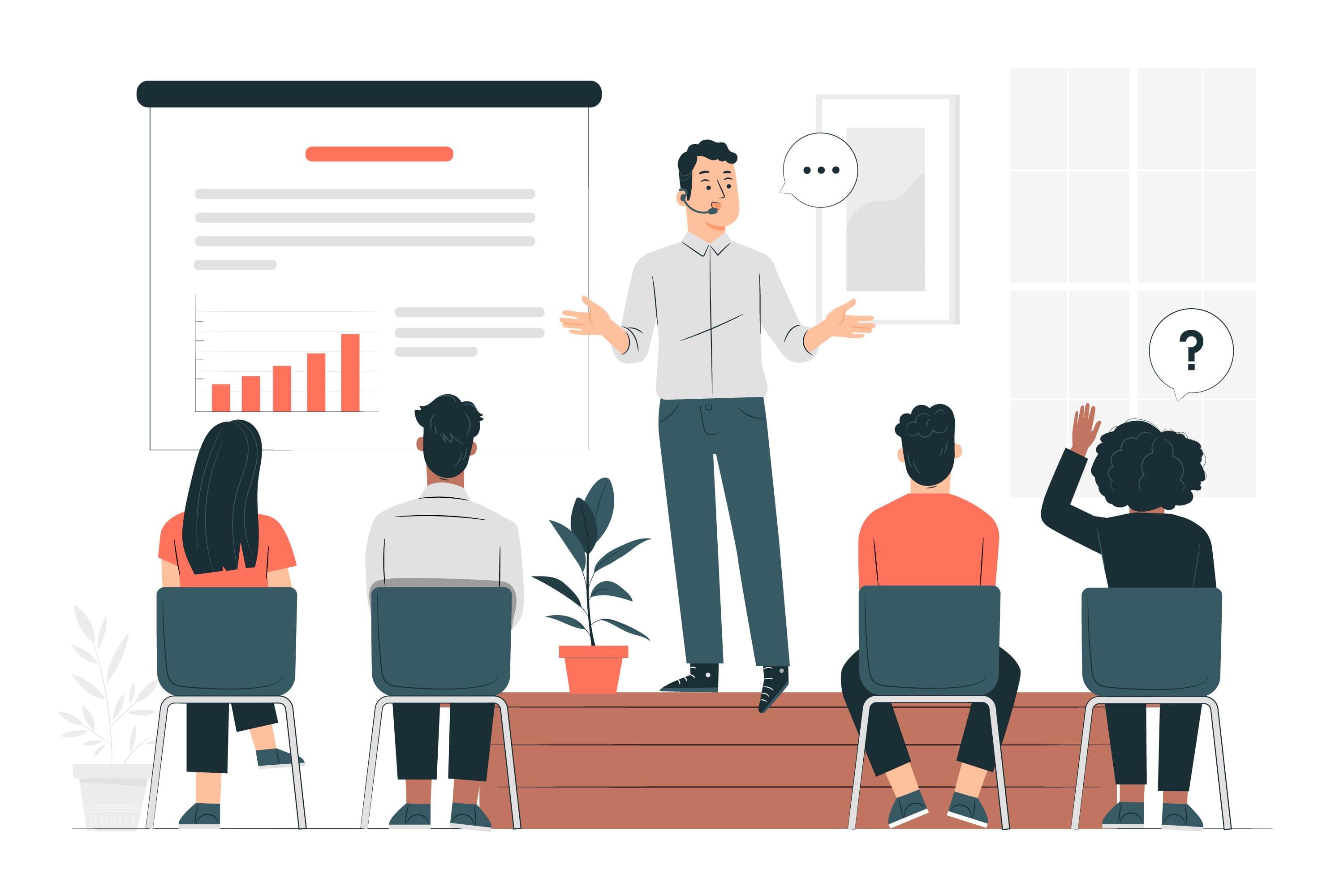Understanding the stages of team development and their impact on project performance is crucial for project managers. Effective team dynamics can significantly influence project outcomes.
Let’s explore the stages of team development and techniques for building cohesive and high-performing project teams with examples.
Stages of Team Development:
1. Forming:
In this initial stage, team members come together, get to know each other, and understand the project’s goals and objectives. They may be polite but often lack a clear understanding of their roles and responsibilities.

2. Storming:
During the storming stage, team members begin to express their ideas and opinions, which can lead to conflicts. They may challenge each other’s approaches and compete for influence within the team.

3. Norming:
In this stage, team members start to resolve their differences, establish common norms, and develop a sense of unity. They become more cooperative and collaborative.

4. Performing:
During the performing stage, the team works cohesively and efficiently. Team members have a clear understanding of their roles and responsibilities, and they use their skills to achieve project goals.

5. Adjourning (or Mourning):
In this final stage, the project is completed, and the team disbands. Team members reflect on their accomplishments and may experience a sense of loss as the project concludes.

Building Cohesive and High-Performing Teams:
1. Clear Roles and Responsibilities:
Define and communicate each team member’s roles and responsibilities clearly from the beginning of the project.

2. Effective Communication:
Encourage open and transparent communication within the team. Create an environment where team members feel comfortable sharing their ideas and concerns.

3. Conflict Resolution:
Equip the team with conflict resolution skills. Address conflicts promptly and constructively to prevent them from escalating.

4. Team Building Activities:
Organize team-building activities and workshops to strengthen bonds and build trust among team members.

5. Recognition and Rewards:
Acknowledge and reward team members for their contributions and achievements to boost morale and motivation.

6. Feedback and Continuous Improvement:
Foster a culture of continuous improvement by seeking feedback from team members and using it to refine processes and enhance performance.

By understanding the stages of team development and implementing strategies for building cohesive teams, project managers can enhance team dynamics, leading to improved project performance and outcomes.
